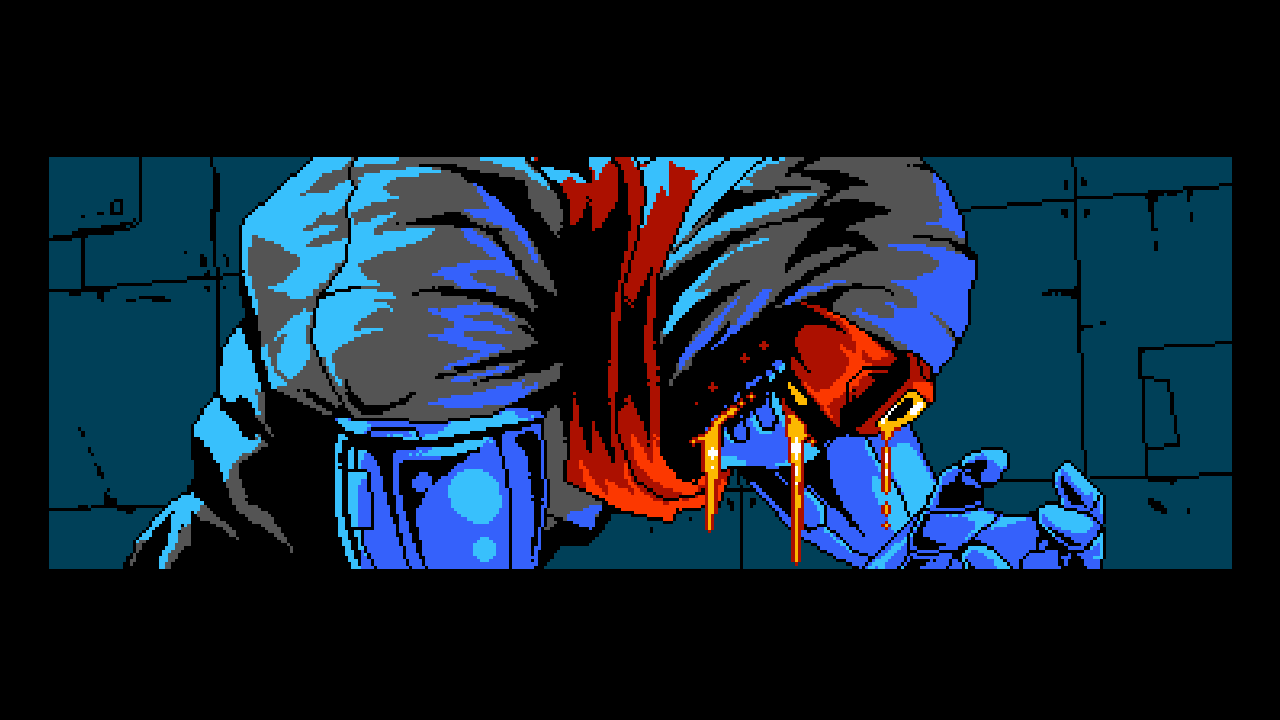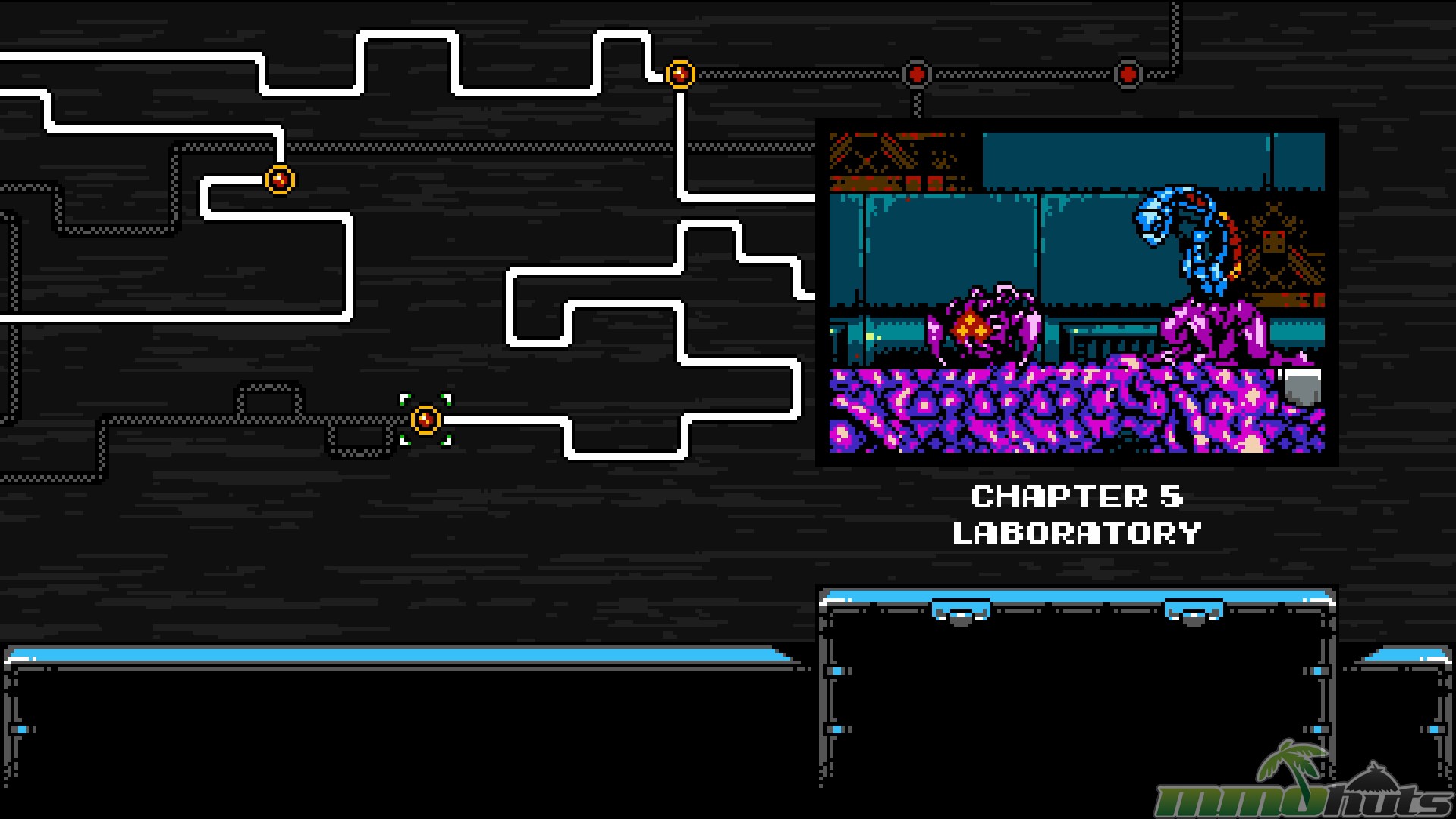

You play as Shadow, a once-human ninja whose consciousness has transcended death to find a limited second life as a ghost in the machine, and you seek to save your master before time runs out for either of you. The specific premise of a mechanized ninja slicing a rusted dystopia into wet, red ribbons is already well-trodden by generations of classics from The Ninja Warriors to Hagane to Metal Gear Rising: Revengeance. Like the genre and presentation, the game’s setting is also familiar, though reminiscent of a different batch of classics. It’s a pity that these are unlocked so far into the game, because on replay the early levels suffer a bit from their absence, with the second stage in particular being a bit of a drag. Both the parry and the dash are well supported by the game’s enemy and level designs, which almost always provide a good level of variety and challenge. You aim to get better because it feels great. You don’t just aim to get better to progress. You need to learn enemy layouts before you can treat them as springboards instead of obstacles, and the feeling of successfully executing these chain dashes becomes an irresistible carrot to pair with the stick of being sent back to a checkpoint when you die. Make no mistake, this is not something the player can do blind. As in Street Fighter, because the directional inputs do not otherwise trigger an action by themselves and are almost always in use for other reasons, choosing to parry is something that requires training and button discipline, but adds a satisfying wrinkle to combat.Īs for the dash, well, if you’ve seen footage of the game you’ve likely seen this in action, with the hero chaining a sprint into a double jump into a dash attack into another jump into another dash and so forth, with proper timing carrying them safely through several screens of enemies before making grudging contact with the ground. Tap the direction of a bullet as it strikes you to neutralize it, and then slash it to return it to sender. The parry builds on the implementation from Street Fighter III.

The two most exciting moveset additions to the NES ninja game template are the parry and the dash. More to the point, though, to duck is to stop moving, and therefore ducking is a waste of time for a ninja who would sooner fly across the screen like a thunderbolt. So why can’t our ninja duck? For one thing, the control scheme found a more interesting thing to do with the player’s directional inputs, and so it was worth sacrificing.

Checkpoints are placed a fair distance apart, poor play is generously rewarded with death, and even with a two-button control scheme the game expects a high amount of nuance and performance from the player. Aside from the brisk pacing and best-in-class crunchy chiptunes (even before I picked up the game I was listening to the stage 1 music on loop), Cyber Shadow retains that most precious and most frequently forgotten of 8-bit game design tropes: faith in the player. Still, Cyber Shadow is closer to its inspirations than Shovel Knight was to its. Checkpoints can even be upgraded to give the player an edge in the upcoming area if they’re having trouble, similar to bonfire upgrades in Dark Souls.

There’s no scoring, lives have been replaced by checkpoints, there are secret collectibles to encourage revisiting stages, and the two-button control scheme has been augmented with charge attacks and directional input combinations. Two, Cyber Shadow knows what exactly makes the NES classics tick and is willing to make heretical cuts in pursuit of excellence.Īs with the previous title from publisher Yacht Club, Cyber Shadow doesn’t take 1980s game design conventions as a package deal. It wouldn’t be the first game from a solo dev with ambitions beyond its grasp, after all. One, Cyber Shadow is too sloppily made to competently reproduce its inspirations. This suggests two possible interpretations. Conspicuously, in Cyber Shadow they cannot. The NES is rich with quality games that follow this fairly specific genre template, and in all of them the player can duck. Everything about the visual language of Cyber Shadow, from the sprite work to the ninja theming to the CRT filters, suggests a game that deliberately follows in the footsteps of action platformer NES classics like Tecmo’s Ninja Gaiden, Natsume’s Shatterhand and Shadow of the Ninja, Sunsoft’s Batman, and so on.


 0 kommentar(er)
0 kommentar(er)
